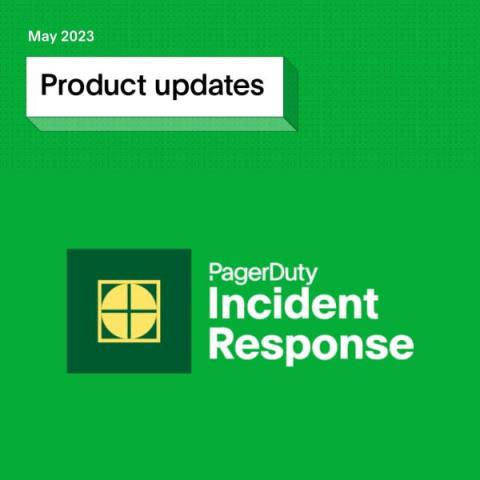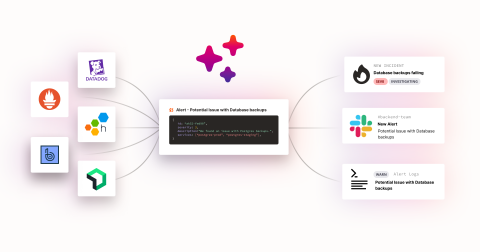The Ultimate Guide to Automating and Mobilizing Your Secops Processes with Derdack SIGNL4 and Microsoft Sentinel
The threat and security landscape is becoming increasingly cluttered. As incidents increase, so do alerts and notifications, leading to too many alerts and too few hours to address them. Many businesses work remote and with the ever-present smartphones, we are always on the go. Yet it is essential that security teams receive and prioritize meaningful threats, but that task is easier said than done.











